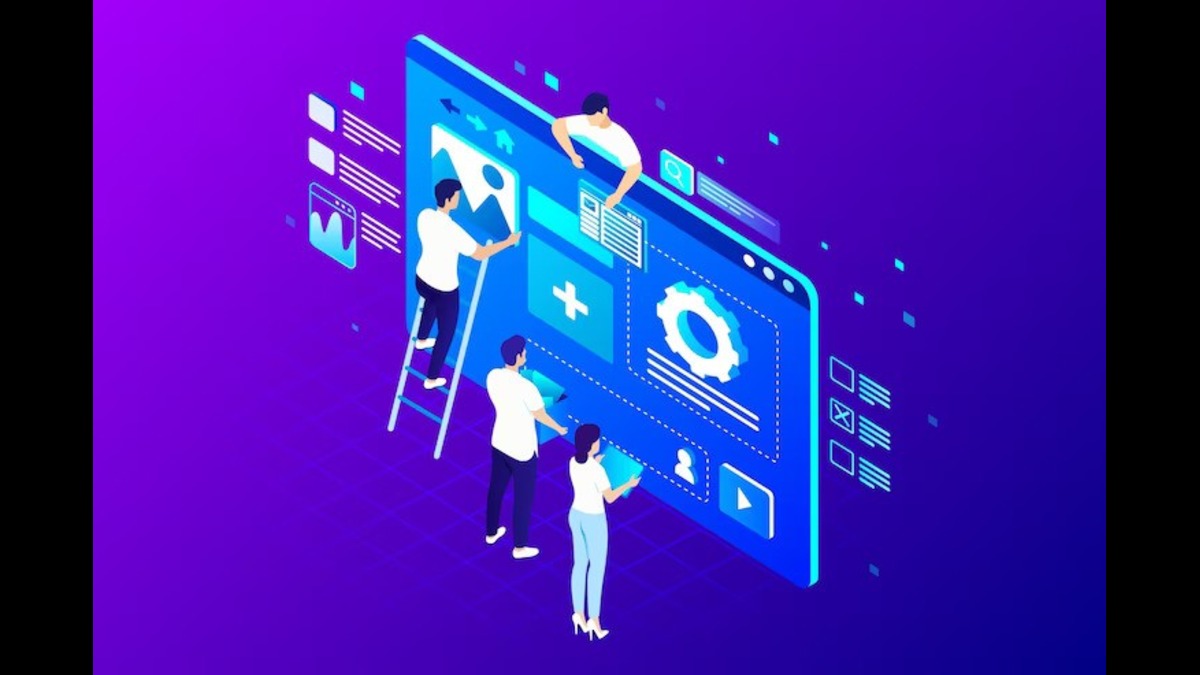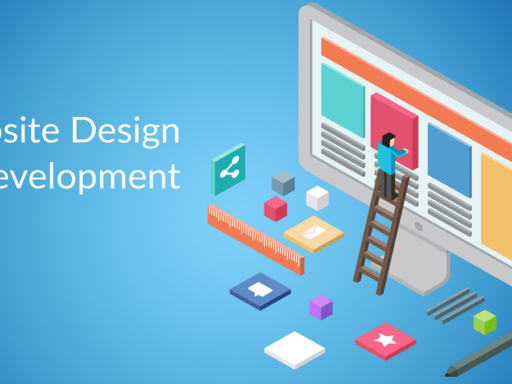An integral part of every company’s online presence is web design. In addition to being aesthetically beautiful, a well-designed website also improves user experience, boosts search engine ranks, and eventually increases conversions. However, depending on a number of variables, web design costs might vary significantly.
1. Complexity of Design
One of the main things that determines how much web design costs is how complicated the design is. A complicated, multi-page website with sophisticated features and animations will cost more than one with a simple, minimalist design, a few pages, and basic functionality. The development and implementation of a design will require more time and resources the more complicated it is.
2. Customization
Another element that influences the price of web design is customization. It will cost more to have a one-of-a-kind, custom website made to your exact specifications than it will to build a template-based website based on an already-existing design. Creating unique layouts, images, and features that aren’t included in pre-made templates is the process of customization.
3. Website Functionality
The website’s functioning is another important component that influences the price of web design. More sophisticated websites with advanced features like eCommerce capability, membership sections, or personalized search filters will cost more money than simpler websites with basic functions like product listings and contact forms. It will take more time and resources to create and deploy the more functionality you need.
4. Content Management System (CMS)
Web design costs may also be impacted by the content management system (CMS) that was utilized to create the website. While some CMS systems, like Drupal or Joomla, may need license fees or extra charges for premium plugins and extensions, others, like WordPress, are open-source and free to use. The degree of functionality and flexibility offered by the website can also be influenced by the content management system (CMS).
5. Responsive Design
If you want to make sure that your website works and is available on computers, tablets, smartphones, and other devices, you need responsive design. However, because responsive design necessitates additional testing and optimization for various screen sizes and device kinds, it may raise the total cost of site design.
6. Graphic and Multimedia Elements
Although the use of graphic and multimedia elements, such as photos, videos, animations, and infographics, can improve your website’s aesthetic appeal and user experience, it can also raise the total cost of web design because additional design work and optimization for various screen sizes and devices are required.
7. SEO Optimization
In order to increase your website’s exposure in search engine results pages (SERPs) and increase organic traffic, search engine optimization, or SEO, is essential. However, due to the requirement for additional research, analysis, and implementation labor, integrating SEO best practices like keyword research, on-page optimization, and link building can raise the total cost of web design.
8. Content Creation
In order to increase user engagement, search engine rankings, and conversion rates, high-quality content creation is crucial. However, because more writing, editing, and optimization labor is required, producing original material that is optimized for SEO best practices may raise the total cost of web design.
9. Maintenance and Updates
Sustaining the functionality, security, and overall performance of your website over time requires frequent maintenance and updates. However, because ongoing maintenance requires additional resources and knowledge over time, doing things like software upgrades, backups, security patches, and bug fixes can raise the total cost of site design.
10. Developer Expertise
The cost of web design can also be greatly impacted by the experience of the development team or web designer you select. Because they have a greater track record of completing complicated projects with sophisticated features and functionality over time, more experienced developers may demand more prices than less experienced developers for their work on websites.
However, because they are skilled at completing intricate projects with cutting-edge features and functionality, hiring an experienced developer can ultimately save you money in the long run by cutting down on development time, minimizing errors or bugs in your website’s codebase, or improving overall performance over time.







